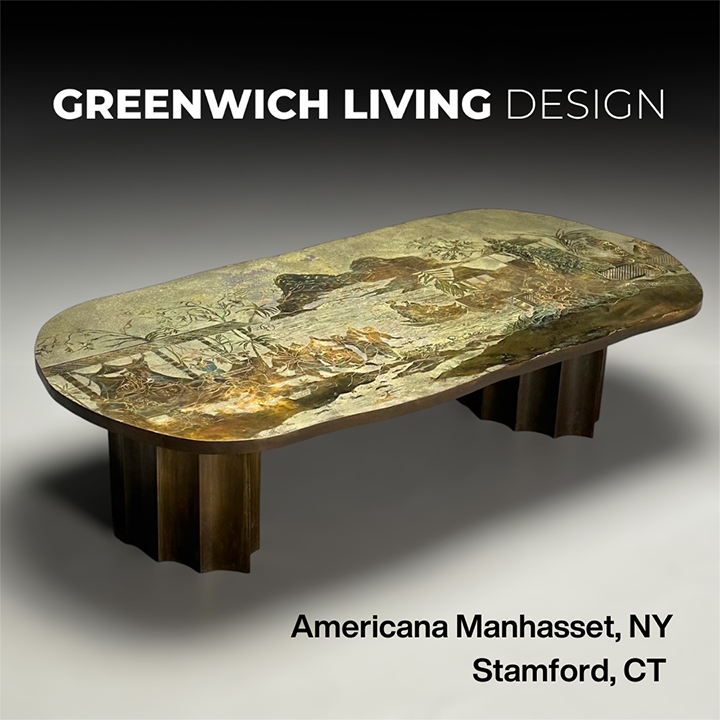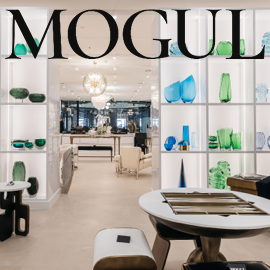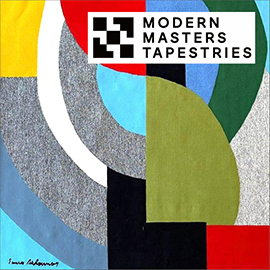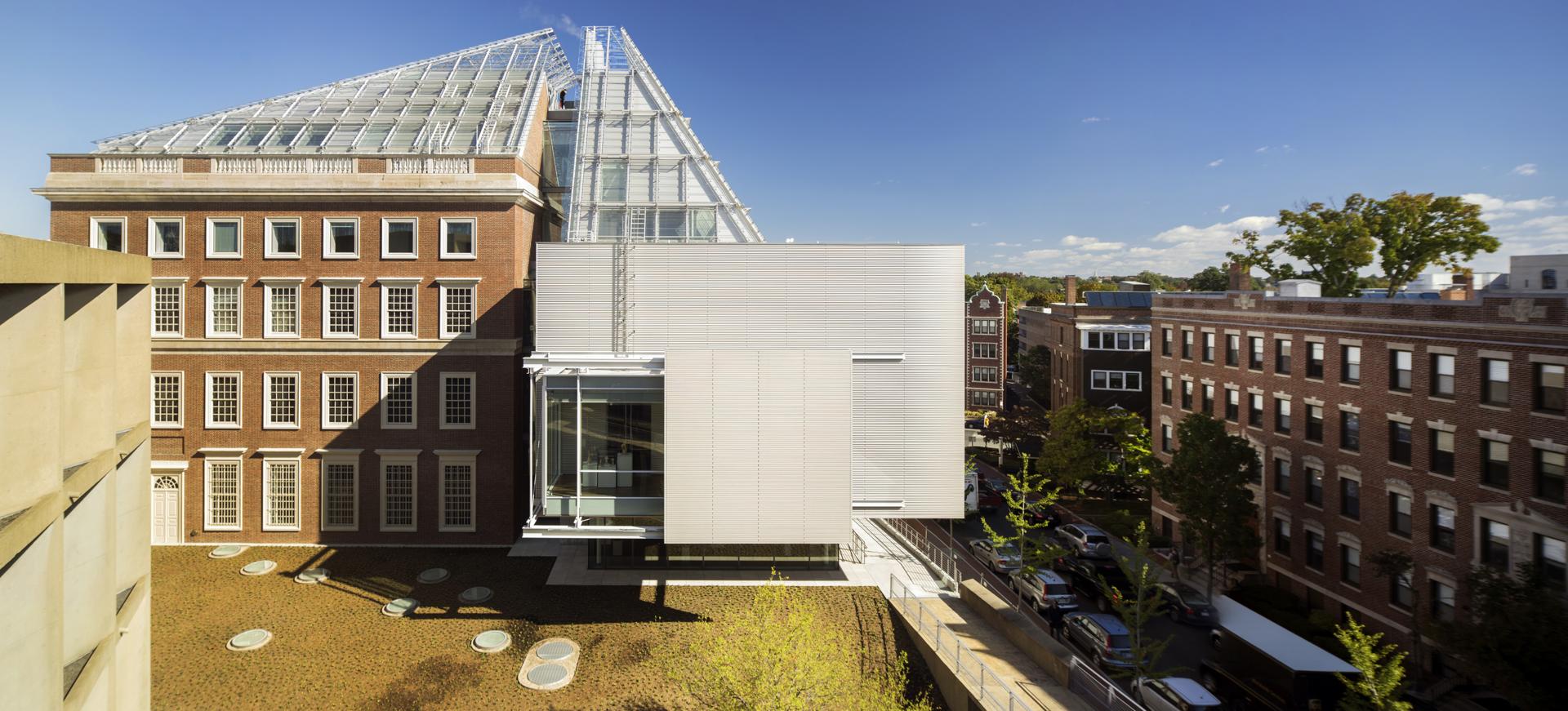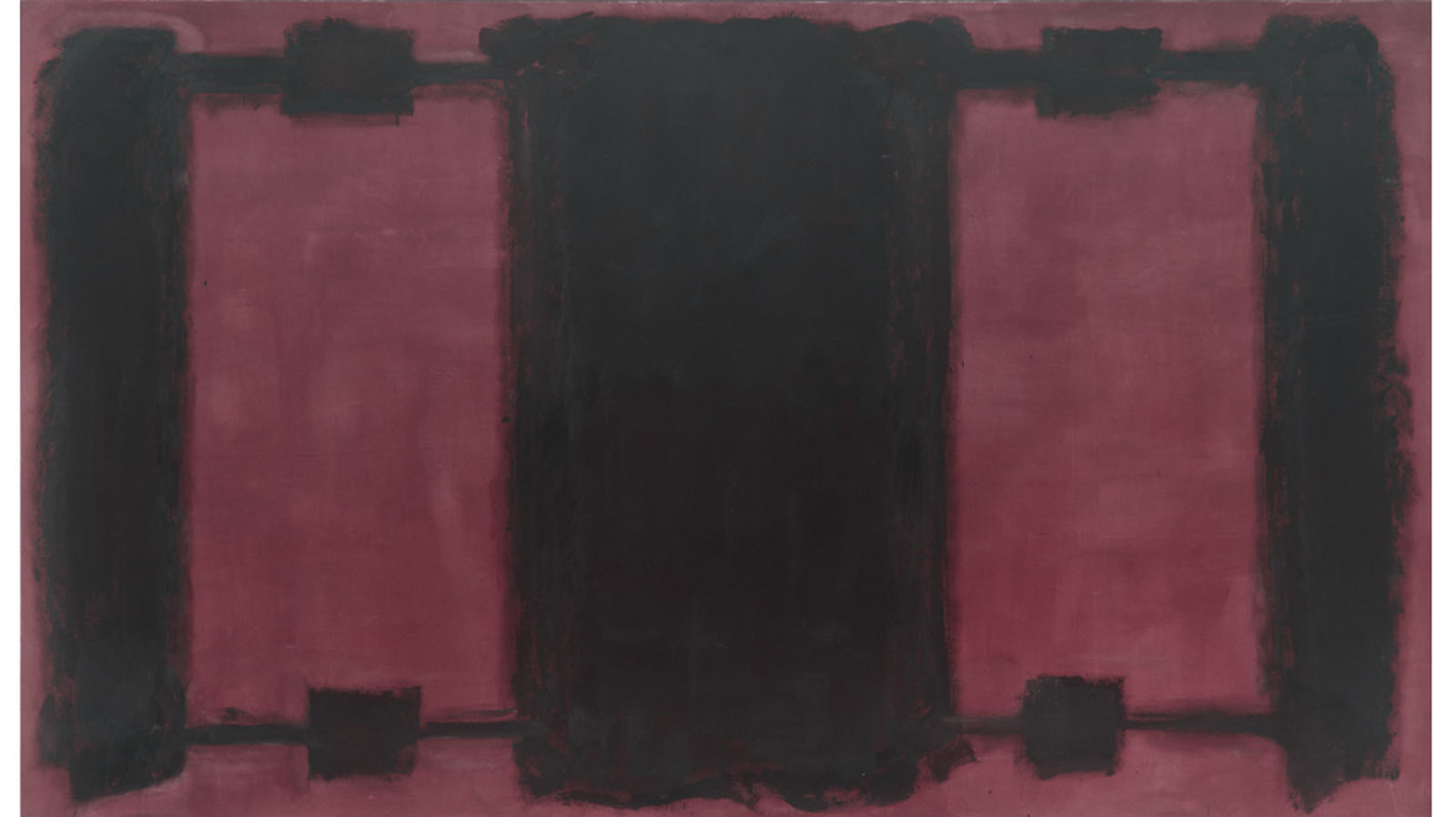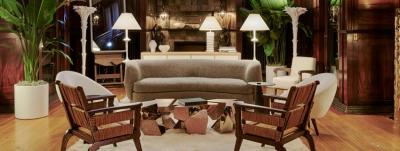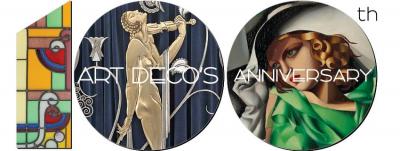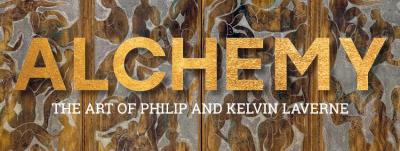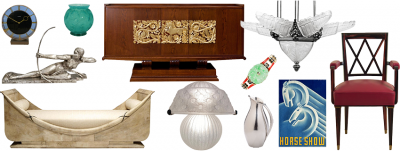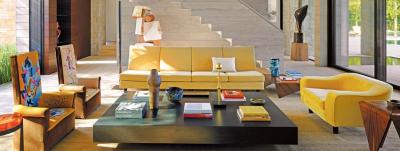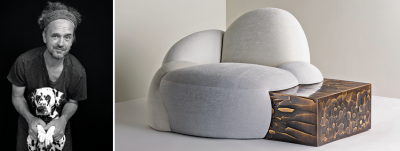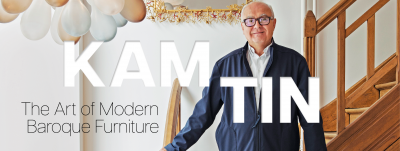The Harvard Art Museums Reopen Under One Roof
On Sunday, November 16, the Harvard Art Museums -- comprising the Fogg Art Museum, the Busch-Reisinger Museum, and the Arthur M. Sackler Museum -- reopened to the public under one state-of-the-art roof. The extensive renovation and expansion, which began in 2008, was helmed by the Italian architect Renzo Piano. According to Thomas W. Lentz, Elizabeth and John Moors Cabot Director of the Harvard Art Museums, “We [wanted] to create a new kind of laboratory for the fine arts that would support our mission of teaching across disciplines, conducting research, and training museum professionals. We also wanted to strengthen the museums’ role as an integral part of Cambridge and Boston’s cultural ecosystem.”
The renovation involved transforming the landmark Georgian revival building at 32 Quincy Street in Cambridge, Massachusetts, which housed the Fogg and the Busch-Reisinger Museum, into an arts-centric hub for students, scholars, Harvard faculty, and the public. Thanks to a striking glass rooftop structure, Piano was able to join the 32 Quincy Street building, which was constructed in 1927, with a new addition. Besides uniting the two structures, the pointed glass roof allows controlled natural light to enter into the facility’s new cutting-edge conservation labs, innovative research center, and reinstalled galleries. The overhaul, which increased exhibition space by forty percent, also included a new theater for lectures and public programming and the restoration of the historic Calderwood Courtyard.
The design for the Harvard Art Museums’ new facility was informed by the desire to foster engagement between visitors, the works on view, and the museums’ conservation and research efforts. Visitors are given access to new research connected to the objects on display, invited to take part in hands-on experiences at the Art Study Center, and offered glimpses of leading professionals at work in the conservation facilities. The new exhibition galleries have also been designed specifically to allow close engagement between patrons and individual works of art.
In addition to the new facility, the Harvard Art Museums unveiled the first presentation of five recently-restored canvases by Mark Rothko. Harvard University commissioned Rothko to create a series of murals in the early 1960s and the large-scale panels were displayed in the University’s Holyoke Center (now the Smith Campus Center), which boasts floor-to-ceiling windows, from 1964 to 1979. Over time, the constant exposure to natural light caused the murals to fade and the once-vibrant paintings were relegated to storage, where they remained until now.
The Harvard Art Museums devised a revolutionary technique to restore the murals to their original richness. The process, which was developed over several years by a team of conservators, curators, and scientists from Harvard, the Massachusetts Institute of Technology Media Lab, and the University of Basel in Switzerland, involves digitally projecting specially calibrated light to correct the murals’ devastating color loss. The show presents the five panels that once hung in the Holyoke Center as well as a sixth mural that Rothko decided not to install. The paintings are complemented by related studies that offer visitors a glimpse into the creative process behind the Harvard project. In addition to returning the murals to public view, the exhibition aims to encourage the study and debate of the new, noninvasive conservation technique. Lentz said, “As a teaching and research facility, it is the Harvard Art Museums’ role to encourage innovation, scholarship, and debate around new conservation techniques. We think it is especially fitting that we celebrate the opening of our new home with a provocative exhibition that reinforces our core mission.” “Mark Rothko’s Harvard Murals” will remain on view at the Harvard Art Museums through July 26, 2015.
Founded in 1903, the Busch-Reisinger Museum is the only museum in North America dedicated to the art of the German-speaking countries of Central and Northern Europe. Highlights from its collection include late medieval sculptures, important examples of German expressionism, 1920s abstraction, and the Bauhaus, as well as works from contemporary movements. The Fogg, which opened to the public in 1896, boasts an extensive collection of American and European art from the Middle Ages to the present, with particularly strong holdings of works from the Italian early Renaissance and paintings and works on paper by the Pre-Raphaelites, Impressionists, Post-Impressionists, and modern and contemporary American artists. Established in 1985, the Arthur M. Sackler Museum has one of the most significant collections of Asian art in the West, with substantial holdings of archaic Chinese jades, ancient bronzes, Buddhist sculpture, ceramics, Japanese works on paper, and Korean art. It also includes important collections of Greek, Roman, Egyptian, and Near Eastern art. Together, the collections of the Fogg, the Busch-Reisinger, and the Sackler Museum, feature a staggering 250,000 objects dating from ancient times to the present.




